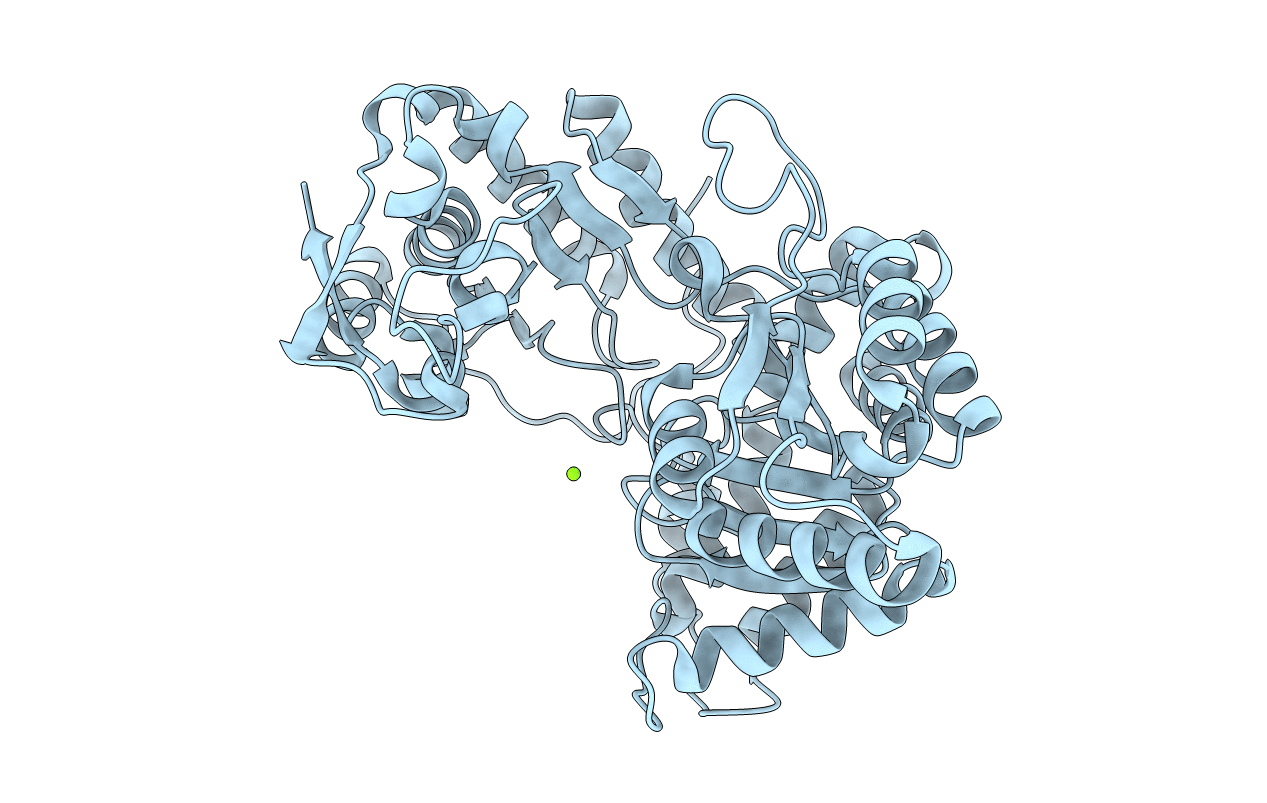
Deposition Date
2007-05-28
Release Date
2008-06-10
Last Version Date
2024-11-20
Entry Detail
PDB ID:
2V1P
Keywords:
Title:
Crystal Structure of the apo form of Y74F mutant E. coli tryptophanase
Biological Source:
Source Organism:
ESCHERICHIA COLI (Taxon ID: 562)
Host Organism:
Method Details:
Experimental Method:
Resolution:
1.90 Å
R-Value Free:
0.22
R-Value Work:
0.19
R-Value Observed:
0.19
Space Group:
F 2 2 2


